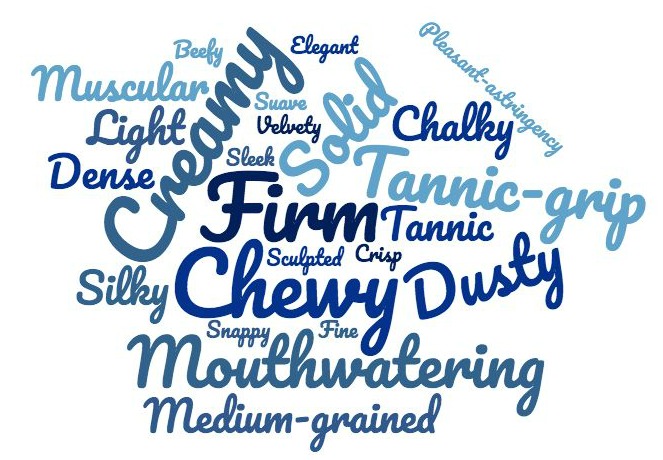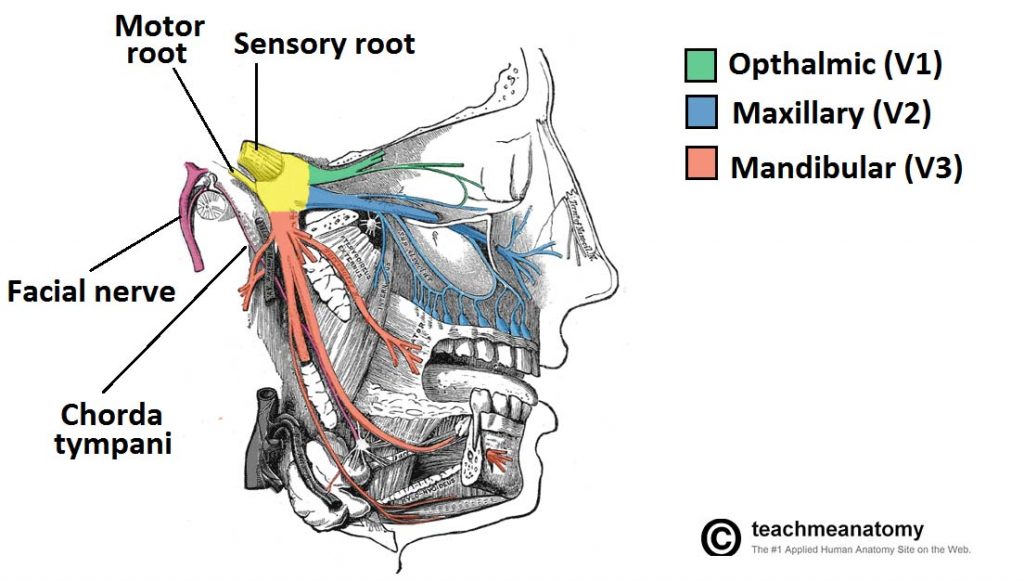Why is wine mouthfeel so challenging to describe?
Do you agree?

You may not have heard the term "Wine mouthfeel" before. However, you likely have heard or read the term wine body. Wine reviews often describe a wine as light-bodied, medium-bodied, or full-bodied.
Wine body is only one aspect of wine mouthfeel
Wines can also be described in viscosity, especially when they contain high concentrations of residual sugars or glycerol.
You may have also heard about wine astringency, sometimes referred to as "tannins." A high level of tannins most often imparts astringency. Tannins are polyphenolic compounds found in red wine grape skins. They can be extracted from oak barrels during wine aging.
When the alcohol content is high in a wine, it can lead to some irritations or burning perceptions in your mouth.
Wine mouthfeel has multiple facets
All in all, Body, Viscosity, Astringency, Burning/Irritation are perceptions you can feel in your mouth, hence the term wine mouthfeel.
DeMiglio and collaborators define wine mouthfeel as "the group of sensations characterized by a tactile response in the mouth."
Yes, it is the sense of touch. All our five senses are involved in wine tasting: vision, olfaction, gustation, hearing (to a lesser extent), and touch.
So why is Wine Mouthfeel so challenging to describe?
Mostly because these perceptions are somewhat diffuse in your mouth. One cannot quickly identify them as single entities.
It is easier to learn the five basic tastes by sipping water solutions containing one taste compound. On the same vein, wine aroma kits, whether homemade or ready to use, provide examples of typical wine aromas.
It is different for wine mouthfeel: References are not readily available to describe the diverse attributes of wine mouthfeel.
Let's explore what Wine Body is
Let me clarify a few basics for you; it's not as trivial to understand the wine body as some wine experts may want you to believe.
If you are new to wine, you may have searched the web for a definition of "wine body." My recent Google search listed 18 relevant articles on the first two pages. I saw that most popular wine sites define wine body as "the weight of the wine in your mouth" or "the viscosity in your mouth."
Think of having a glass of full-fat milk and how it feels in your mouth compared to a glass of fat-free milk. Full-fat is thicker, and the fat-free is thinner in their perceived consistency in the mouth.
READ this article dedicated to Wine Body
Astringency
Astringency is rarely used by wine writers or winemakers to describe a wine. I did a little experiment with a Wine Spectator issue I had at home.
I selected randomly 150 wine reviews and counted the adjectives associated with astringency. Only once did I read "pleasant astringency."
I looked at my counts and had found 23 words used at different frequencies. The picture (below) summarizes my findings.

READ this article dedicated to wine astringency
Burning Mouthfeel
The burning sensation in wine is due to the alcohol irritating the trigeminal nerve. This nerve has free endings in the mouth, as shown on this figure, and responds to irritants.

Although the burning sensation is not as intense as it could be in spirits, feeling a burn in your mouth can happen with wines containing more than 13.5% alcohol.
The mouth's inner membrane, called mucosa, absorbs the alcohol. The alcohol molecules can reach the nerve endings easily to make you feel the burning sensation.
To get read of the burning sensation, rinse your mouth with water and bread or unsalted crackers. You may also want to eat yogurt to cool down the feeling like you would do with spicy curry dishes.
How to describe wine mouthfeel
Is there a tool, similar to the Wine Aroma Wheel, that could help you recognize the nuances of the different feelings when wine tasting?
The first wine mouthfeel wheel was developed in Australia and focused on red wine mouthfeel that is complex, indeed. You may have noticed that wine critics tend to be more prolific on words to describe red wine mouthfeel: full-bodied, rich, structured, astringent, grainy, etc.
A white wine mouthfeel wheel came out of Canadian research several years later.
Explore their findings and how you could use their wine tasting wheels to gain more confidence in describing wine mouthfeel.
READ this article dedicated to Wine Mouthfeel Lexicon
I love reading your comments and suggestions
Submit them
using this link
Literature cited:
DeMiglio, P., Pickering, G., Reynolds, A.G. (2002). Astringency sub-qualities elicited by red wine: The role of ethanol and pH. In Proceedings of the International Bacchus to the Future Conference, St. Catharines, Ontario.
Published October 2, 2019
Revised July 19, 2020
Home > Wine Mouthfeel
